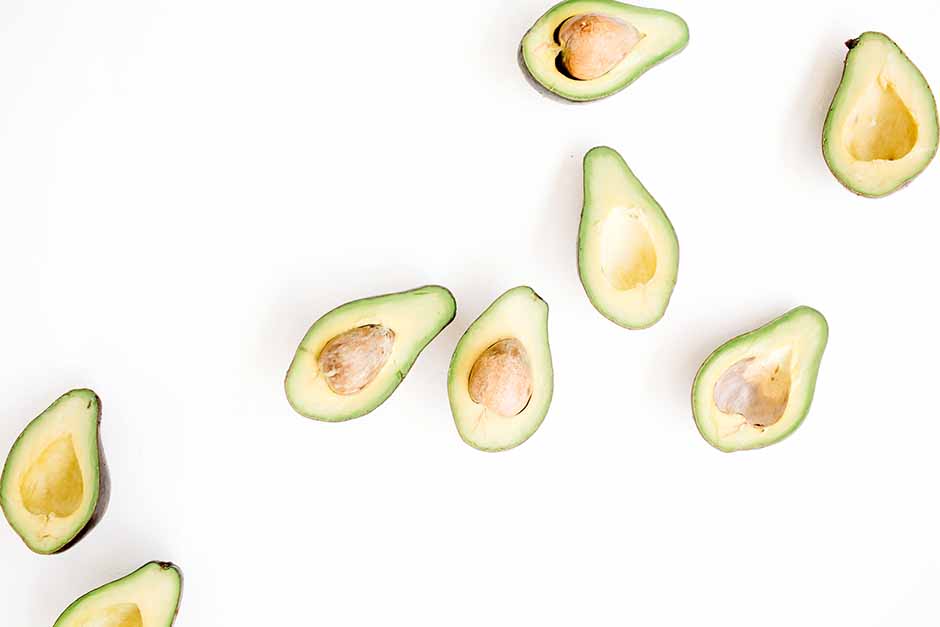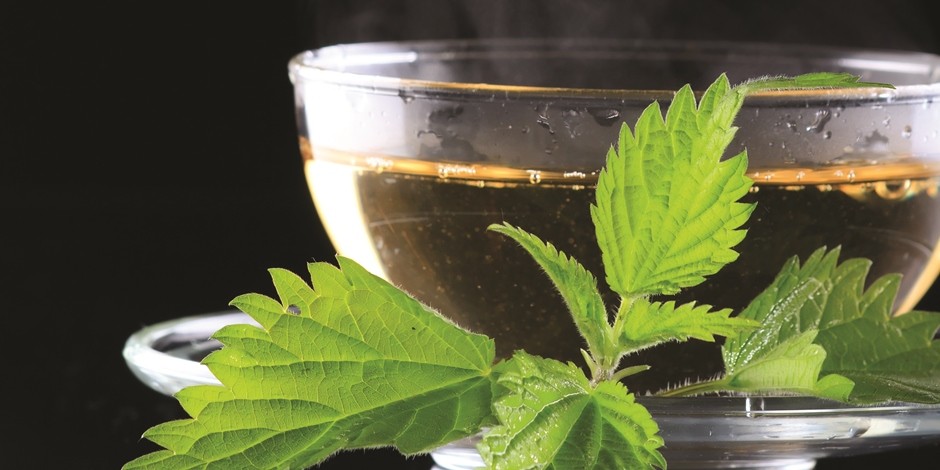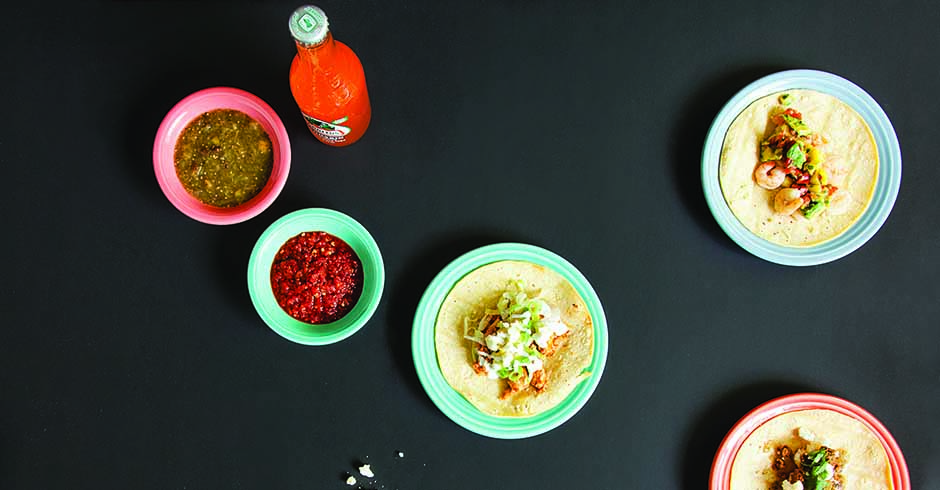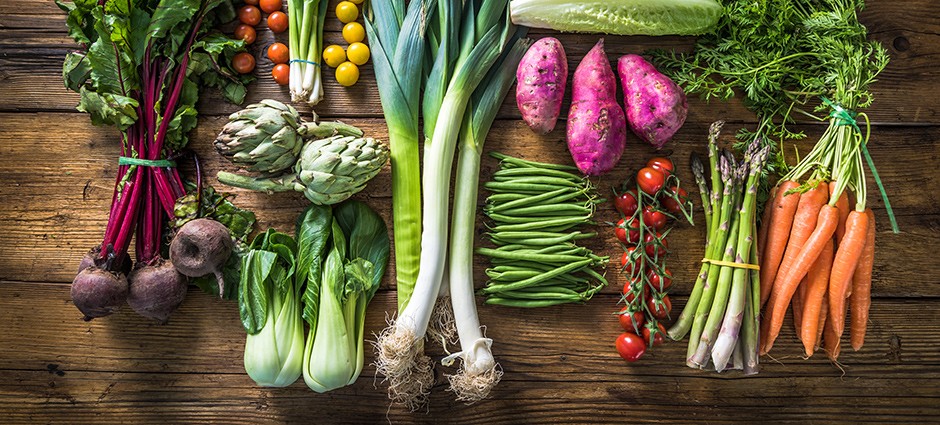For beverage connoisseurs with discriminating palettes, tea is fast becoming the new wine. So say health-conscious baby boomers, millennial foodies and professional “tea sommeliers” who have turned the age-old beverage—once viewed as a staid drink for rocking chairs or sick days—into a hot and growing trend.
Since 1990, U.S. sales of tea have risen sixfold, approaching $12 billion in 2015, according to the Tea Association of the U.S.A. Sales of green tea, linked to everything from heart health to cancer prevention to weight loss, have risen 200 percent in the last decade. And consumers have moved well beyond the standard Lipton tea bag, pushing sales of loose-leaf teas up 10 percent annually for several years, via a growing selection of specialty tea salons and online purveyors.
From New York to Los Angeles, tea sommeliers at high-end restaurants have taken a cue from their peers in the wine world, offering tea tastings and advice on which tea to pair with which food. Some chefs and bartenders have even begun to cook food and mix cocktails with tea leaves. Meanwhile, researchers from Tufts to University of California Davis continue to uncover medicinal properties hidden in the humble tea leaf.
“The health benefits of tea have driven the industry quite a bit. But tea is more than just medicine,” stresses Donna Fellman, director of the Colorado-based World Tea Academy, which offers courses on everything from the biochemistry of tea processing to “tea terroir” (the geographic origin and farming practices), which gives teas their distinct flavors. “For 5,000 years there has been an important relationship between tea and mankind,” says Fellman, “and that rich history and culture is all there in the cup when you drink it.”
Steeped in History
As legend has it, tea was first discovered in 2737 B.C. when the Chinese Emperor Shen-Nung was sitting next to his servant as he boiled hot water. Leaves from a nearby evergreen shrub, Camellia sinensis, flew into his pot. He drank it and liked it, and tea was born. To this day, all tea—excluding “herbal tea”—still comes from this plant, with different processing methods determining whether it’s white, black, green, yellow, oolong or dark tea.
The beverage swept across China and on to Japan, where Buddhist monks adopted it as a key piece of meditation ceremonies. When England’s King Charles II married a Portuguese princess and tea aficionado in 1662 tea made its way to Britain, where wealthy men sipped in teahouses as their wives held elaborate tea parties at home. By the 1800s, afternoon tea—taken with a light snack to ward off fatigue—was a British institution. On Dec. 16, 1773, the Boston Tea Party forever etched tea into American history, too.
U.S. inventors developed both the tea bag and iced tea in 1904. But for decades, Americans viewed it as a somewhat pedestrian drink. As Andrew Weil, M.D., director of the Arizona Center for Integrative Medicine, recently told The New York Times: “When I was growing up, tea was drunk by old people and sick people.”
Today, that’s changing, says Peter Goggi, president of the Tea Association of the U.S.A.
“What you are seeing with tea now is the same thing that happened with wine in the ’70s and ’80s,” he says. “People, particularly millennials, are paying attention to the geographic areas teas come from and the stories behind them. They delight in discovering new and differentiated flavors, ethnic or cultural offerings, and craft selections.”
Heart Health, Brain Health and Beyond
Then, there are the health benefits.
“Tea is a nutrient-dense, flavor-rich beverage that contains no calories and has been shown to have numerous distinct health benefits,” says Jeffrey Blumberg, Ph.D., a senior scientist with the Antioxidants Research Laboratory at Tufts University.
Blumberg explains that plant metabolites, called flavonoids, are abundant in tea leaves and jump-start the body’s own antioxidant system, helping cells defend themselves against damaging free radicals. One key flavonoid, epigallocatechin 3 gallate (EGCG), has been shown in laboratory studies to protect cellular DNA from cancer-causing agents like cigarette smoke and UV radiation, slightly boost resting metabolic rate, and improve blood vessel function.
Another compound, the amino acid L-theanine, has been shown in some animal studies to reduce cell death in areas of the brain involved in attention and complex problem solving. And numerous other compounds found in tea have been shown to strengthen immunity and quell inflammation.
What do human studies show? Blumberg says by far the best evidence for tea’s healing properties comes from cardiovascular health studies. “The evidence is very strong,” he says. “If you drink tea for long enough and you drink it in the right ways, you will reduce your risk for heart disease.”
One epidemiological study of 4,807 Dutch subjects found that those who drank three or more cups of tea per day were 43 percent less likely to have a heart attack and 70 percent less likely to die of one. Another paper, published in 2013 in the Annals of Epidemiology, followed 74,000 people for a decade and found that those who drank four or more cups of tea daily had a 21 percent lower risk of stroke than non–tea drinkers.
Blumberg notes that there is clearly a “dose response” with tea. The more you drink, the more you fend off health risks. “If you are not a tea drinker, start drinking tea. If you drink one cup of tea per day, start drinking two,” he advises. Because tea is, essentially, a “negative-calorie drink” (boosting calorie burning ever-so-slightly when you drink it), it could play a “real, but very small” role in aiding weight loss, he adds.
Animal and laboratory studies are promising, and it’s “biologically plausible” that tea consumption could reduce risk of cancer and fend off cognitive decline in humans, Blumberg says. But at this point, the research is young and mixed. One University of North Carolina study found consumption of 2.5 cups or more of tea per day was linked with a 60 percent lower risk of rectal cancer. Other small clinical trials suggest that the caffeine and L-theanine in tea may boost mental clarity.
Although most research has been done on green tea and to a lesser degree black tea, according to Blumberg, other types of tea (oolong, white, yellow, dark) deliver similar health benefits in varying degrees.
Long-term health impacts aside, Fellman says that just taking time out of a busy day to enjoy a cup of tea from a favorite mug in a quiet spot can reap immediate benefits.
“There’s something about tea that touches people and speaks to them in a way that is at once satisfying and nourishing, calming and enlivening. It evokes a sense of ceremony and ritual for people that they can incorporate into their daily lives.”
 How to Brew the Most Healthful Cup of Tea
How to Brew the Most Healthful Cup of Tea
- Go with hot tea, not iced tea, which tends to be brewed weak and diluted with ice. Hot tea contains as much as four times the healthful phytochemicals.
- Steep for at least three minutes. The longer tea is steeped, the more phytochemicals are released.
- Squeeze some lemon in. Lemon slows the degradation of tea’s flavonoids and may help the body absorb them better.
- Go caffeinated. Decaffeinating tea reduces levels of nutritious compounds called catechins.
- Skip the milk. Some research suggests casein in milk may bind to flavonoids in tea, reducing their effect.
- Try different types of tea. The differences are subtle, but each has distinct health benefits.
Source: Jeffrey Blumberg, Ph.D., Tufts University


 How to Brew the Most Healthful Cup of Tea
How to Brew the Most Healthful Cup of Tea







Comments
God bless you and thought and prayer your way